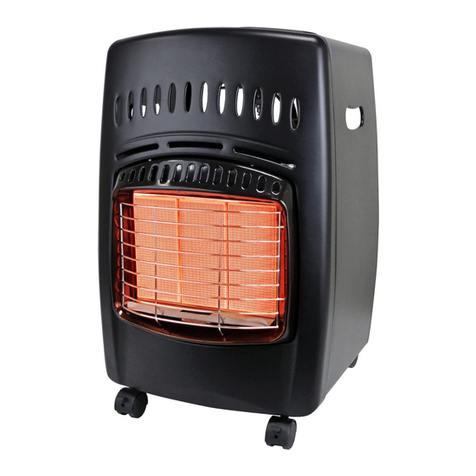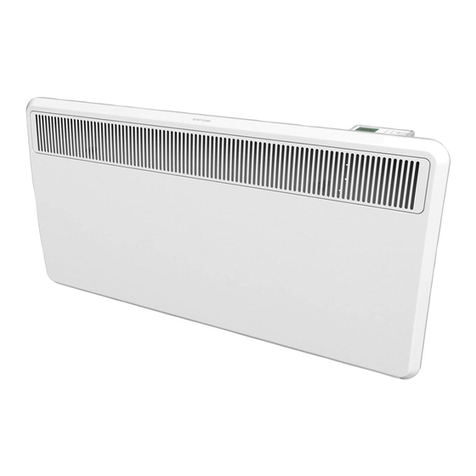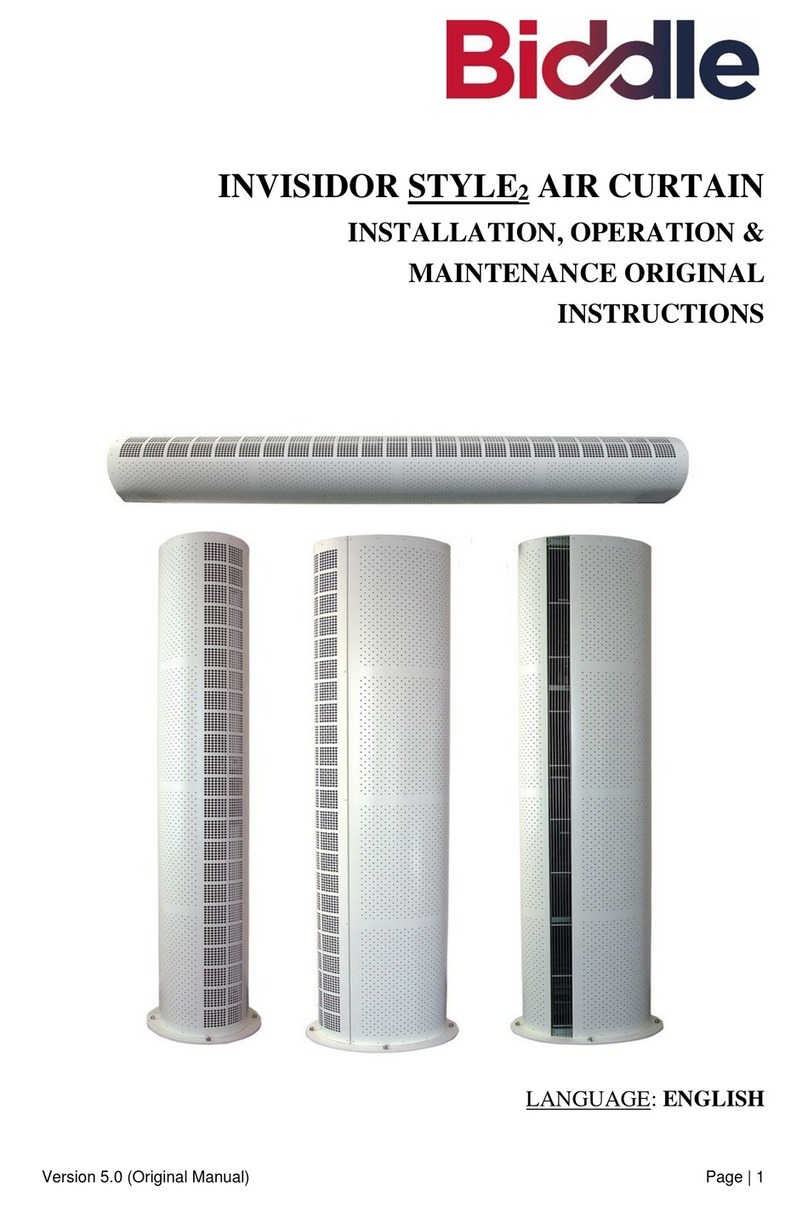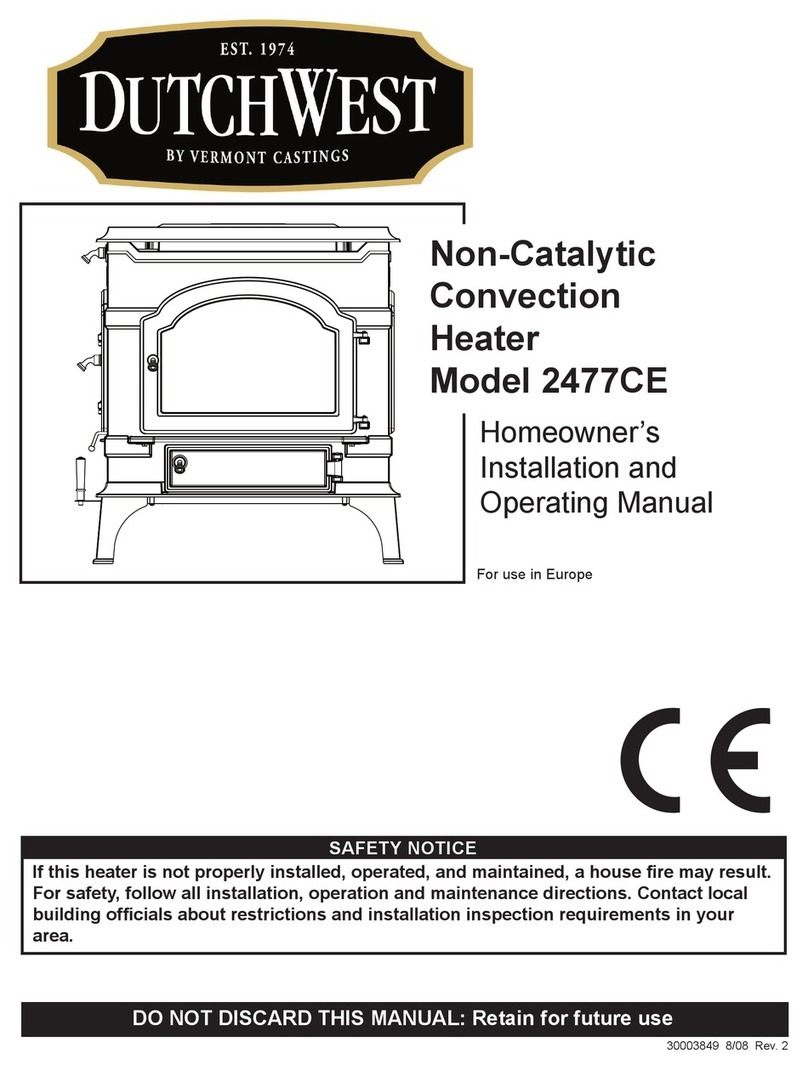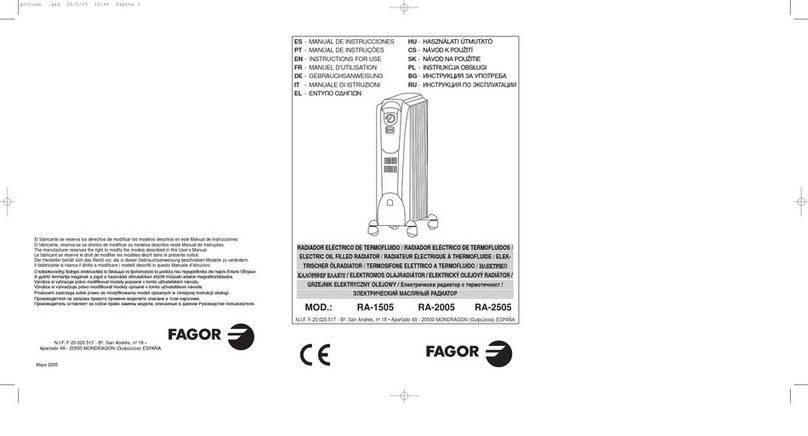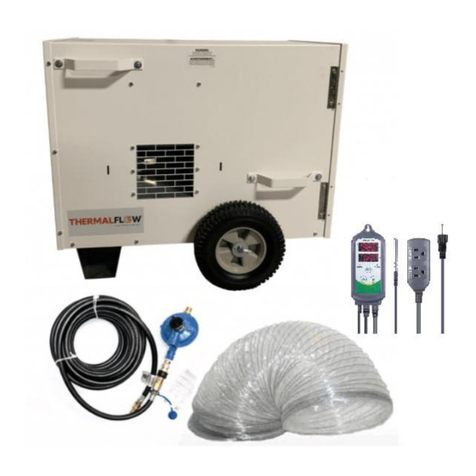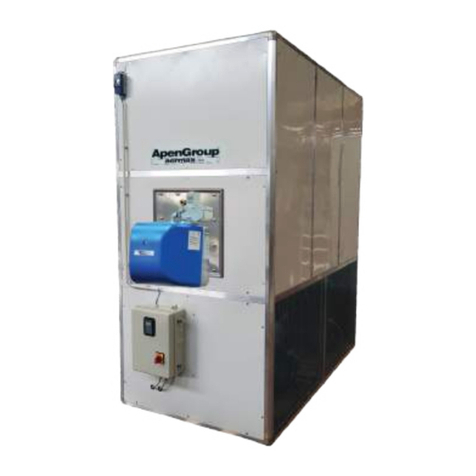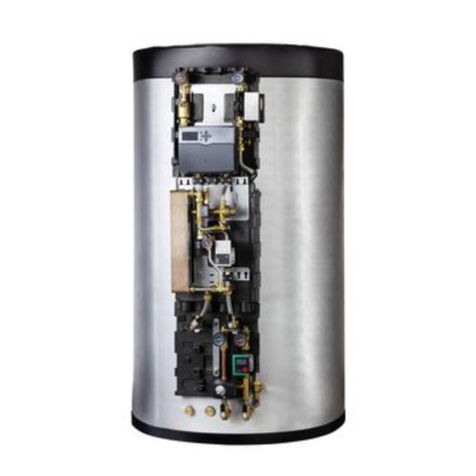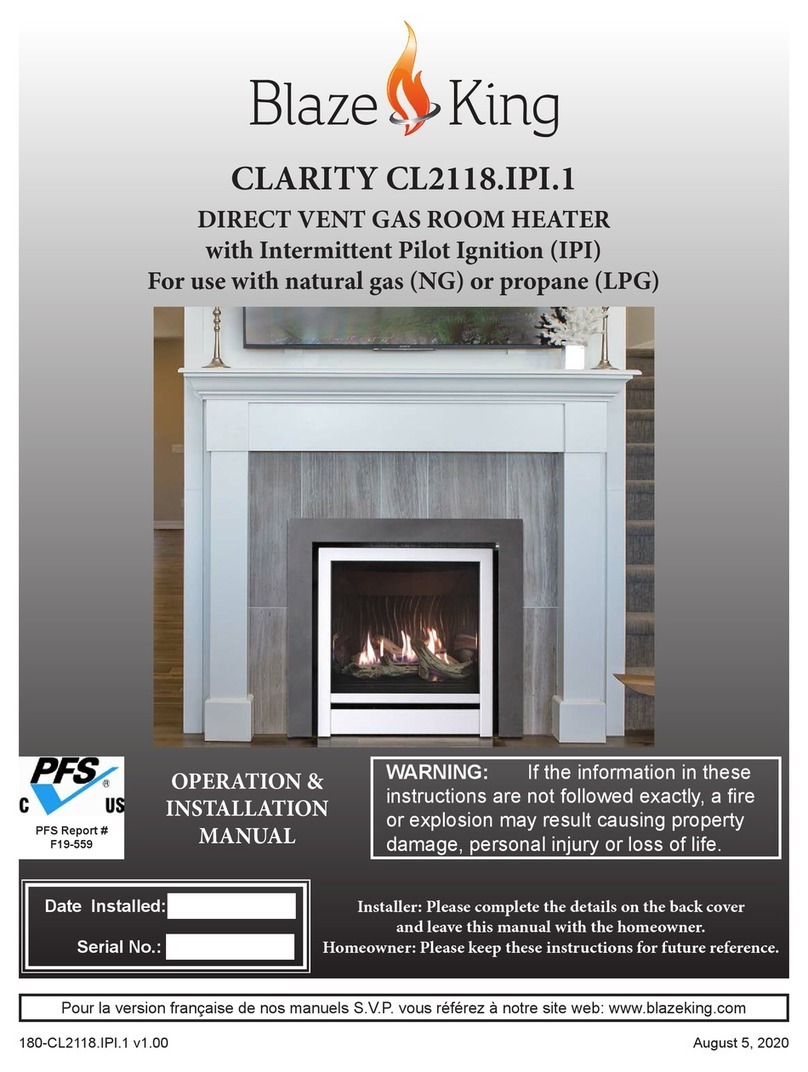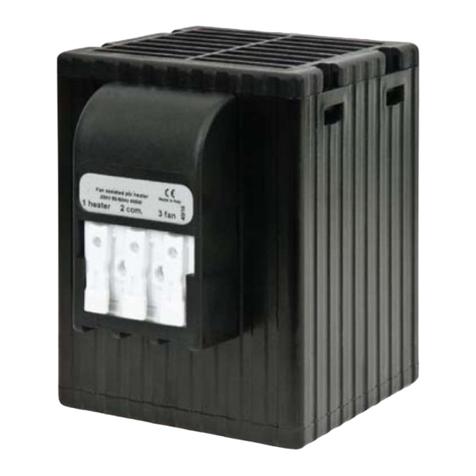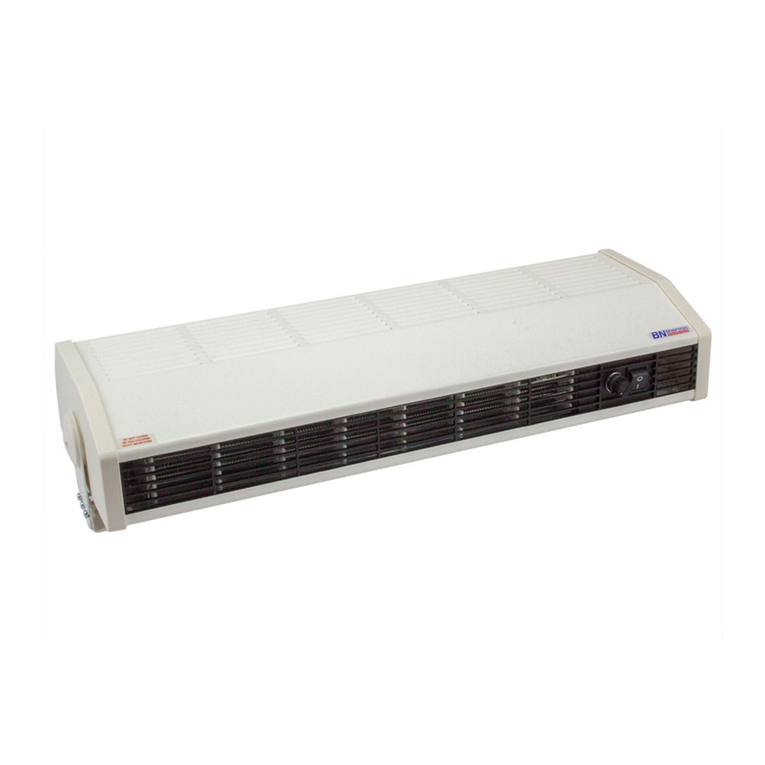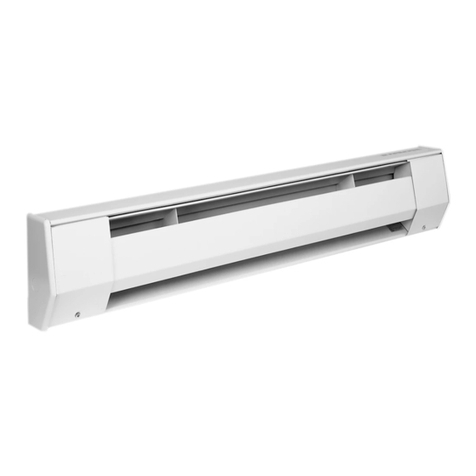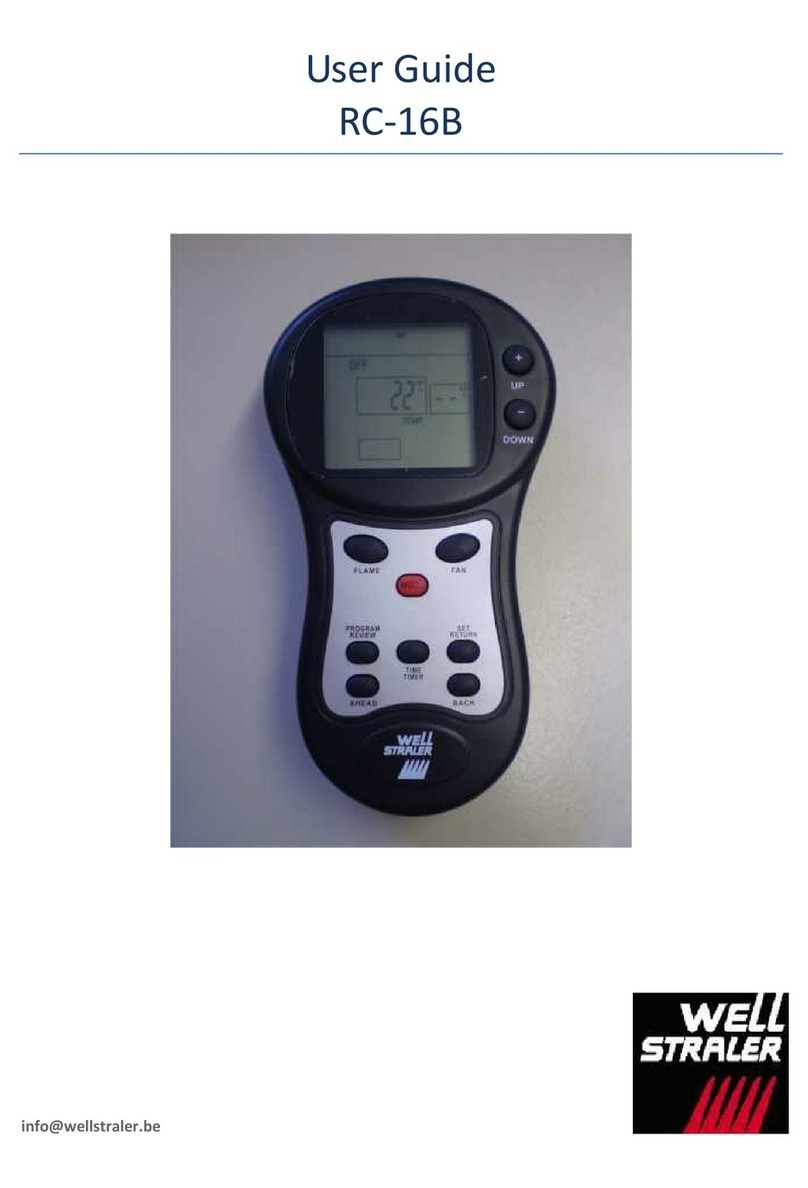
8.3 The front fire bar should be fitted so that the
lattice pattern is on the front, and the small turrets
are uppermost. It will only fit in the correct
position.
9.0 COMMISSIONING
Upon completion of the installation, and after
allowing a period of time for the fire cement and
mortar to dry out, the stove should be checked
under fire for soundness of joints and seals. Also
check that all smoke and fumes are taken from
the appliance, up the chimney and emitted safely.
The installer should balance the heating system,
set the pump head, etc. ready for operation.
It is recommended that a subsequent visit be
made to check the satisfactory performance of the
system. Bleed radiators, check balances and the
flue draught and the householder’s correct usage
and understanding of the appliance.
OPERATING INSTRUCTIONS
1.0 THE CONTROLS
1.1 Multifuel Grate – The Hunter Telford is
fitted with a locomotive type grate, and so that
de-ashing can be carried out cleanly and easily, it
is riddled from the outside of the stove with the
doors closed. The grate is designed to burn both
wood and solid fuels.
To burn wood, allow the ash to build up on the
bars of the grate so that the wood burns in its own
ashes. Do not riddle the grate unnecessarily.
When burning solid fuels, it is important that the
grate is riddled to remove ash and ensure an
airflow through the firebed, which will allow the
fire to burn over the entire area of the grate. The
ashpan should be emptied daily and ash should
not be allowed to build up over a period of time
as this will result in damage to the firebars.
1.2 Air Controls – The stove has been designed
to burn cleaner and more effectively than a
conventional wood burning stove.
If used correctly the stove will burn far more
efficiently than normal with the obvious notable
feature of CLEAN GLASS.
However, for this product to work properly it
must be used correctly.
1.21 Primary Air – Primary air is controlled via
the spinners in each door, this provides a
conventional air draught to the bed of the fire.
1.22 Secondary Air – Secondary air is controlled
via the slider above the doors, it is this “airwash”
that keeps a clean and uninterrupted view of the
fire, also aiding in good secondary combustion of
the fuel and reducing emissions into the chimney
and environment.
2.0 LIGHTING THE STOVE
Before lighting the stove for the first time, check
with the installer that the chimney is sound, has
been swept and is clear of any obstructions and
that the installation has been carried out
according to the instructions.
Load the fire with starting fuel i.e. paper, dry
sticks and/or fire lighters in the mode chosen,
either wood or coal.
Light the fire at base leaving all air controls open.
Allow the fuel to reach a steady glow and build
the fire up gradually. Once you have a good fire
established across the grate bed, further fuel can
be added as required.
When your fuel is well alight you can start to
restrict the primary air intake. If you are burning
only wood, the primary air control can be fully
closed. If you are burning solid fuel you will
require more primary air.

